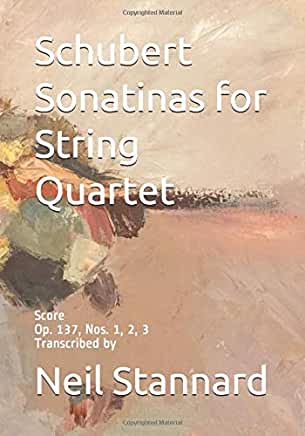 I recently came across an article in a national magazine in which the author advocates what he calls "grounding." His idea is that in order to facilitate leaping in both hands, the right hand should cling to certain melody notes in an attempt to produce a finger legato, "grounding" them. The theory seems to be that by grounding one hand, the other will be more accurate. The piece under scrutiny here is Brahms' Variations on a Theme of Robert Schumann, Op. 9, Var. VI.
I recently came across an article in a national magazine in which the author advocates what he calls "grounding." His idea is that in order to facilitate leaping in both hands, the right hand should cling to certain melody notes in an attempt to produce a finger legato, "grounding" them. The theory seems to be that by grounding one hand, the other will be more accurate. The piece under scrutiny here is Brahms' Variations on a Theme of Robert Schumann, Op. 9, Var. VI.He writes: "If the pianist keeps the melodic notes of the right hand legato during the leaps of the left hand, the pianist has effectively 'grounded' this passage. For those with large hands, the entire melodic contour of the right hand can be grounded." My first thought was, what about us smaller-handed folks?
 No, not really. My first thought was that this professor of piano doesn't understand about leaping. What he calls being "grounded", I call being enslaved. As much as I applaud his attempt to find rational, physical solutions to technical problems, I wish he were more in tune with the design of the playing apparatus, what it can do easily and what it shouldn't do. In the example below, he suggests using all of the up-stemmed sixteenths to form a finger legato. As the intervals become wider, the challenge is still greater even for a large hand, I would think.
No, not really. My first thought was that this professor of piano doesn't understand about leaping. What he calls being "grounded", I call being enslaved. As much as I applaud his attempt to find rational, physical solutions to technical problems, I wish he were more in tune with the design of the playing apparatus, what it can do easily and what it shouldn't do. In the example below, he suggests using all of the up-stemmed sixteenths to form a finger legato. As the intervals become wider, the challenge is still greater even for a large hand, I would think. |
| Brahms Variations on a Theme of Robert Schumann, Op. 9. Var. VI As Printed |
the note before the leap as a springboard to get the distance. I've indicated these leaps with arrows. After the leap, land on the next starting note. I've indicated these groups with slurs. This works in both hands, which, by the way, feel as if they are making the same gestures because they move in opposite directions. The pedal will provide ample connection between melody notes. I've included some possible fingerings, though there are other possibilities.
 |
| An Efficient Solution |





